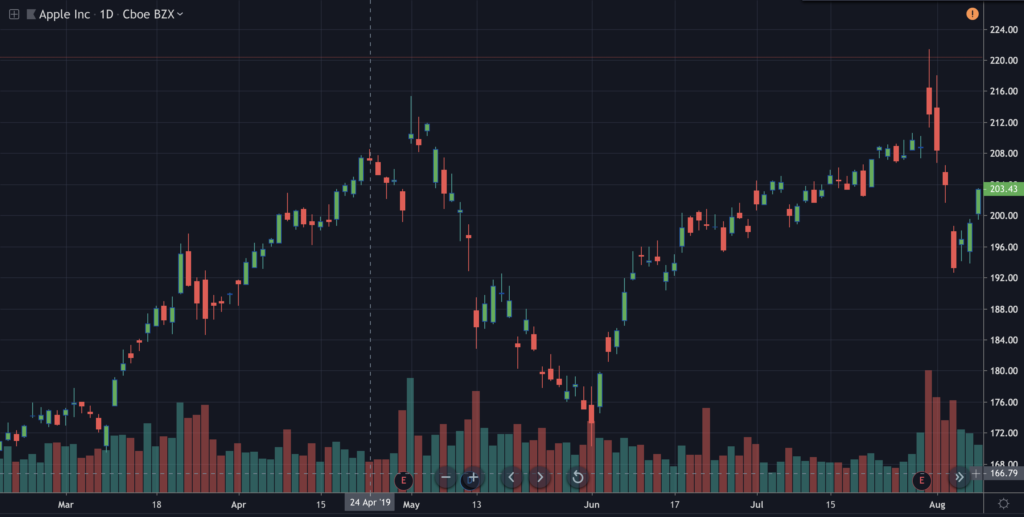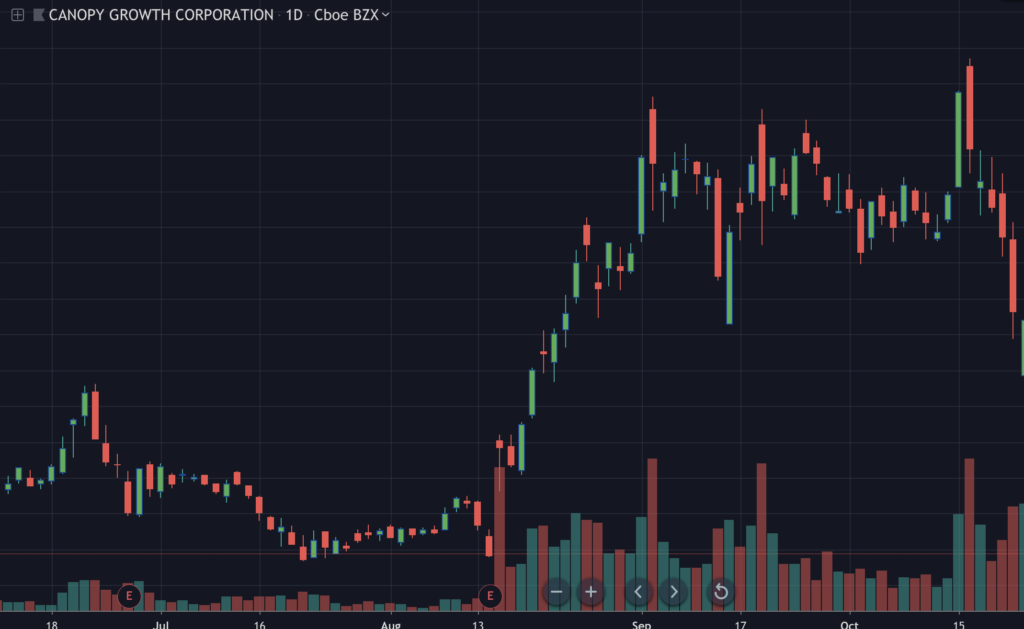Breakout trading is one of the most common styles of stock trading. It is a strategy where you buy a stock after it breaks over a resistance level, anticipating that it will head higher. But false breakouts occur all the time.
It is never this simple. Many breakouts fail. Not necessarily because the general strategy doesn’t work, but because the trader hasn’t refined the strategy or have the correct timing or risk management. Today we will talk about the common reasons why breakouts fail:
What are False Breakouts?
False breakouts are a long trader’s worse nightmare. They are when a stock breaks over a resistance level, fails to follow through and reverses. Apple recently is a great example of that:

You can see how it looked like it would break out over $216 level, and ended up rejecting. Today we will talk about how to avoid getting caught in these!
Common Causes of Failure
Breakouts can fail for a variety of reasons. One of the most common reasons you hear bitter traders say “technical analysis doesn’t work” is because they have got caught in failed breakouts.
What these traders don’t know is that breakouts have a variety of factors that affect the probability of a breakout following through or not. When you know these factors, you will know which breakouts to avoid, and which to enter. Here is a list of 4 common reasons why breakouts fail:
Not Enough Consolidation
Stocks get their power from consolidation and bases. CGC last year is a good example of a stock that didn’t have enough consolidation prior to its breakout. Take a look at its daily chart below:

Notice how it had 3 green days prior to its breakout gap, and an especially big green day the day before. The stock had no consolidation prior to it’s a breakout, and as a result, got sold into as soon as the market opened.
Weekly and Monthly Resistance Levels
Many traders make the mistake of buying a stock that is gapping up over resistance levels on the daily chart from the past year but is gapping right into weekly or monthly resistance from 2 years ago. Always check for key monthly and weekly resistance levels as well.
The best breakouts are gapping to all-time highs, meaning there are zero supply levels to potentially halt the stock once it begins an uptrend. This doesn’t mean it will guarantee the stock will follow through, but it significantly increases the probability.
PM Price Action
Pre-market price action is often a great indicator of how a stock will behave once the bell rings at 9:30 AM. This is especially true when a stock has a PR (press release) during pre/post-market, and there is already volume and a defined trend in the name.
Always check the pre-market and post-market trends of stock before trading it. Figure out the following: Is the trend up or down? What levels of resistance and support are there? How much volume has traded? Is there high relative volume?
No Intraday Setup
Many traders make the mistake of trading a stock without using a setup or strategy with an edge. They just buy a stock because it had a nice looking press-release, or because they like the company. I can tell you from almost two decades of trading stocks that fundamentals alone aren’t enough to justify putting on a trade.
You need to account for levels of supply and demand in a stock, and analyze the flow of price action. If you are going to day trade or swing trade a breakout stock, you need to have a proven setup/strategy in order to make it a high probability trade (Check out this article for 3 of my favorite day trading setups).
Pro Tip: Don’t Buy at the Exact Breakout Level
Breakout trading does work. But it works better when you DON’T buy at the exact price point of the breakout level. That is when everyone else is buying, and as a result, it fails because you’re stuck with the crowd. As soon is it dips slightly, everyone panics and hits the sell button!
Instead, buy DIPS anticipating the breakout level. This allows you to have a lower average, you won’t get stuck holding the bag by buying too high. This allows you some breathing room in case the breakout does fail, you can take it off for breakeven or a small loss.
Get Started With Our Free Trading Kit
Our trading kit is the best free resource out there for new and struggling traders. It includes:
- Intro to Trading Course
- Comprehensive Trading Handbook
- Trading Consultation

